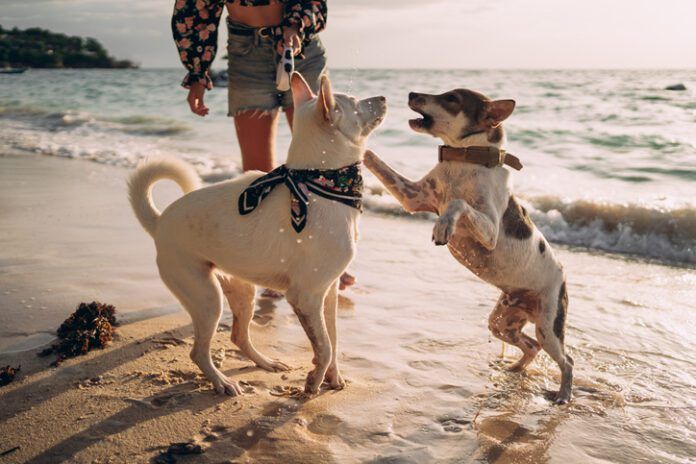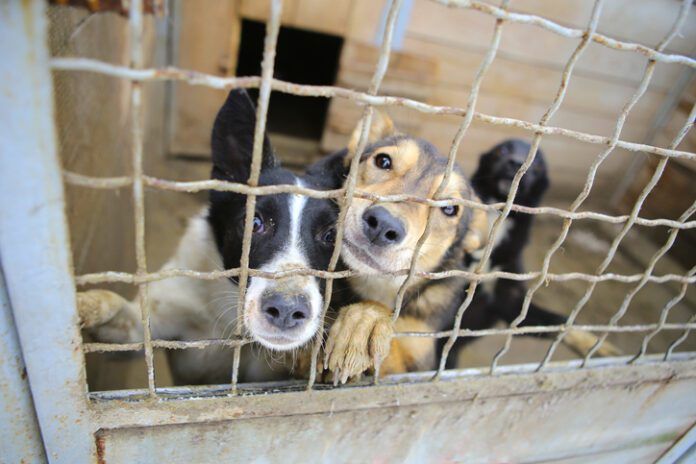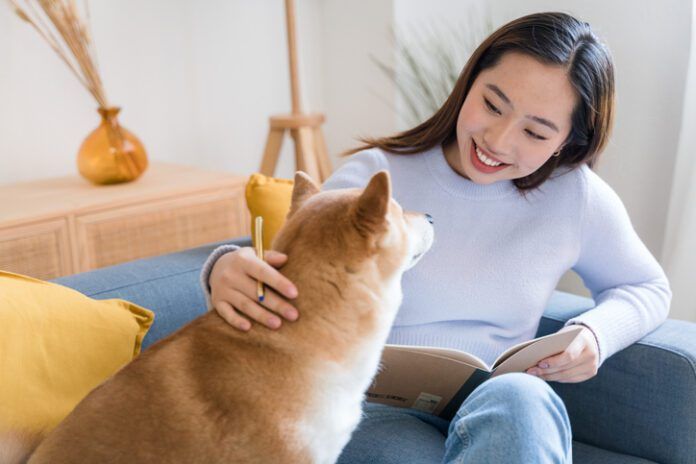A couple of decades ago, when positive reinforcement-based training was in its infancy, we were quite sensitive to criticism from the dog training community about this new “permissive” style of dog training. When we began encouraging people to play tug with their dogs, conscious of the fear that it would cause aggression, we created a detailed set of rules for playing tug, including the caveat that the human had to always “win” the game by gaining possession of the tug toy. As the passage of time supported our contention that tug does not cause aggression, we have softened those rules considerably. Here are the simplified tug rules that I now play by:
- Dog needs to sit politely and wait for the invitation to tug. If he leaps and grabs for the toy before being invited to do so (I use the cue “Tug!”) – I whisk the toy away and hide it behind my back. (In the language of behavior modification, this is called “negative punishment” – the dog’s behavior makes the good thing go away.
- When he remains sitting politely until invited to tug, we play. (This is “positive reinforcement” – the dog’s behavior makes a good thing happen.)
- If dog’s teeth leave the toy and touch human skin or clothing, the game stops with an “Oops!” (no-reward marker) and the toy goes away (negative punishment). Just for a moment – and then we can play again. (If he persistently mouths skin or clothing and/or mouthing escalates with tug play, that’s another behavioral issue; I would stop playing tug until the mouthing is under better control.)
- That’s it! I don’t care who “wins.” We can alternate! I really don’t care who initiates play; he can bring me the toy and ask me to play, or I can pick up the toy and start the game. There’s just one last really important rule: Go out and have some fun!
To find out how to manage stressors and prevent your dog from biting, download Dog Bites today.





